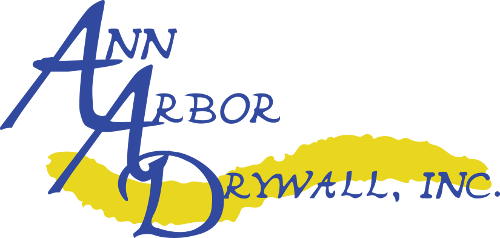This is possibly the least favorite part of any drywall project because of the mess that it can create, but some amount of sanding will need to be done to any drywall project.
There are a few different types of techniques used in sanding drywall:
- Dry Sanding
- Wet Sanding
- Dustless Sanding
Over the years, our experts had used them all and have found that the most effective type of sanding is dry sanding. This is done by rough sanding the finished areas and then, using a halogen light and sanding sponge, going back over all the mudded areas and “class out”. “Classing out” basically means taking a final intense look at the finished product and getting any imperfections such as scratches or lap marks out before paint is applied.
Wet sanding is done with a sponge soaked in water, squeezed out and rubbed over the finished areas. The mud then turns back into a soluble material and is rubbed smooth. This is sometimes done to small sanding areas, repairs or areas that absolutely no dust can be present in. This type of sanding typically does not provide the great smooth “glass-like” finish dry sanding provides.
Dustless sanding is somewhat deceiving by name alone. The process of dustless sanding is accomplished by using a sanding machine hooked-up to a vacuum. Much less sanding dust is created by using this method, but it is truly not “dustless”.
The finished product should then be “classed out” by hand, still creating additional dust.
We aim to prevent as much dust as possible by masking off the area that is being sanded; stuff heat & cold air return vents; turn off heating and cooling units during sanding, and/or open windows when possible.
When the sanding phase of a project is complete, we sweep and clean your work site. We cannot completely eliminate any residue dust that may escape our masking efforts, but we do strive to minimize the amount of dust that remains while leaving the finished product in the best condition possible for paint or other wall covering.

